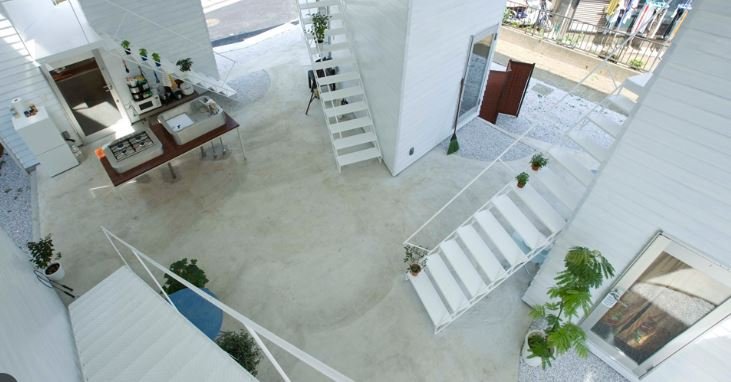Shared spaces and community living are defining trends in modern real estate. These concepts emphasize collaboration, interaction, and collective living arrangements. Developers design residential and commercial properties to foster a sense of community, offering spaces where people can connect and share resources. This approach aims to enhance the quality of life, build stronger communities, and create more efficient living environments.

Designing for Community Interaction
Modern real estate projects increasingly focus on designing spaces that encourage community interaction. Developers integrate communal areas such as lounges, co-working spaces, and shared kitchens into residential buildings. These areas provide residents with opportunities to socialize, collaborate, and build relationships. By promoting interaction, these designs help foster a sense of belonging and community within the building or development.
Benefits of Shared Living Arrangements
Shared living arrangements offer several benefits for residents. For one, they promote a more affordable lifestyle by reducing individual costs for amenities and services. Shared spaces, such as laundry rooms, fitness centers, and recreational areas, allow residents to enjoy these facilities without the financial burden of maintaining them individually. Additionally, communal living fosters a supportive environment where residents can help each other, share responsibilities, and build lasting friendships.
Innovative Community Spaces
Innovative community spaces are transforming modern real estate. Developers are creating multifunctional areas that serve various purposes, from relaxation to work and social events. Examples include rooftop gardens, community kitchens, and event spaces. These versatile areas provide residents with flexible options for leisure, work, and socializing, enhancing the overall living experience and encouraging a vibrant community life.
Sustainability and Shared Resources
Sustainability plays a crucial role in the development of shared spaces. Many modern real estate projects focus on eco-friendly practices and resource-sharing to reduce environmental impact. Shared resources, such as electric vehicle charging stations, communal gardens, and recycling facilities, contribute to a greener lifestyle. By sharing these resources, residents can reduce their carbon footprint and promote sustainability within their communities.
Challenges of Shared Spaces
While shared spaces offer numerous advantages, they also present challenges. Issues such as privacy concerns, maintenance responsibilities, and potential conflicts between residents can arise. Effective management and clear communication are essential for addressing these challenges. Developers and property managers must establish guidelines and maintain facilities to ensure that shared spaces function smoothly and meet the needs of all residents.
The Rise of Co-Living Spaces
Co-living spaces are gaining popularity in modern real estate. These spaces typically involve shared living arrangements where individuals rent private rooms while enjoying communal areas and amenities. Co-living offers an affordable alternative to traditional housing and appeals to individuals seeking a sense of community and social interaction. Developers are responding to this demand by creating co-living environments that balance privacy with shared experiences.
Community Engagement and Events
Community engagement is a key aspect of modern real estate developments with shared spaces. Property managers and developers often organize events, workshops, and social gatherings to encourage resident participation and interaction. These activities help build a strong community spirit and foster a positive living environment. Regular events and programs provide residents with opportunities to connect and engage with their neighbors.
Future Trends in Shared Spaces
Looking ahead, shared spaces and community living will continue to evolve. Future trends may include advanced technology integration, such as smart home systems and digital community platforms. These innovations will enhance the functionality and convenience of shared living, making it easier for residents to interact and manage their communal areas. The focus on creating inclusive, engaging, and sustainable living environments will drive the future of real estate development.
Conclusion
Shared spaces and community living are shaping the future of modern real estate. By promoting interaction, affordability, and sustainability, these concepts enhance the quality of life for residents and build stronger communities. While challenges exist, effective management and innovative design can address these issues. As real estate continues to evolve, shared spaces will play a crucial role in creating vibrant, supportive, and sustainable living environments.

